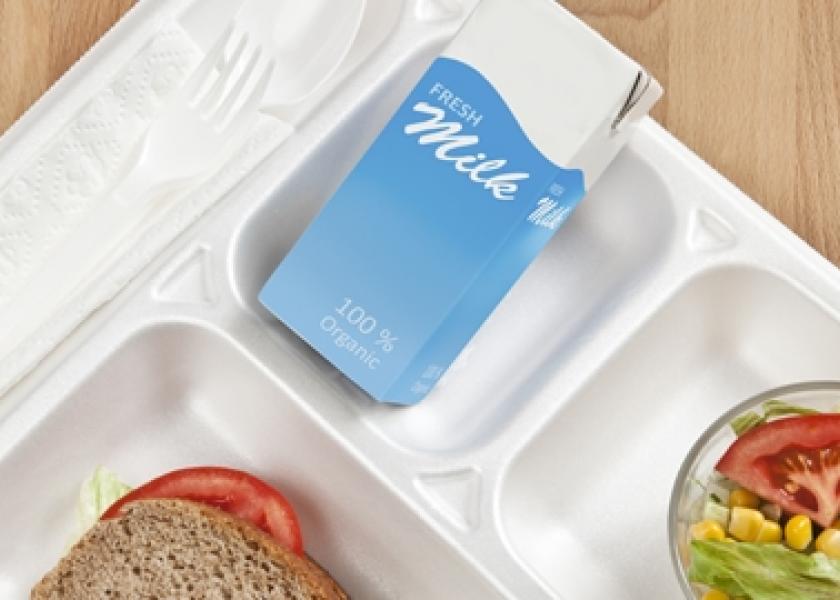Unintended Consequences

Loss of flavored milk in schools equals more calories, higher costs
Talk about some unintended consequences: The elimination of flavored milk from school lunch menus to reduce the amount of sugar students consume could lead to students actually consuming more calories and fat.
Bonus Content | |
| Link to sutdy |
Plus, the foods needed to replace the lost nutrients that milk provides could cost school districts thousands more per year.
In a first-of-its-kind study, the National Dairy Council tracked fluid milk consumption of students when flavored milk was eliminated completely or offered on only certain days of the weeks in 49 schools in California, Colorado and Illinois. The study was funded by the Milk Processor Education Program.
"When flavored milk was removed on one to all days of the week, there was a 26% reduction in milk sales and an 11.4% increase in the percentage of milk discarded, resulting in a 37.4% decrease in milk consumption," says Erin Quann, director of regulatory affairs for the Dairy Research Institute and National Dairy Council.
The result was that each student consumed 1.4 fewer servings of milk per week. It’s already known that students under-consume milk. Children 9 to 18 years of age consume only 1.6 servings of milk per day. The U.S. dietary guidelines for children this age is three servings daily of low-fat or fat-free milk.
"In fact, 42% of 4- to 8-year-olds, more than two-thirds of boys aged 9 to 18, and more than three-quarters of girls 9 to 13 (84%) and 14 to 18 (92%) consume less than the recommended daily servings of milk and milk products," Quann says.
And just because students are picking up milk in the serving line doesn’t mean they are drinking it. During the study, each school cafeteria was equipped with standardized 5-gal. waste collection buckets so the discarded milk could be measured. The researchers found that a quarter of all school milk (white and flavored) is discarded by students.
"Eleven percent more milk was discarded when only white milk was offered than when both flavored and white milk was offered," Quann says.
Quann and Doug Adams, president of Prime Consulting Group Inc. then did an in-depth study in one Jefferson County, Colo., school district to determine what foods would have to be added to the menu to make up the missing nutrients from lowered milk consumption.
The researchers looked at replacement foods for six nutrients: calcium, vitamin A and D, potassium, magnesium and phosphorus. For example, to make up for lost calcium, the researchers added more cheese, low-fat fruit yogurt and fortified orange juice. For vitamin D, they added more light tuna and fortified orange juice.
"Replacing the essential nutrients from a 35% decline in milk consumption could not be met without adding three to four additional food items to the menu," Quann says, and "this resulted in additional calories (16 kcal to 41 kcal) and fat (2 g to 20 g of total fat and 2 g to 11 g of saturated fat).
"Depending on the food combination, it costs between $62 and $127 more per week per 100 students to replace the nutrient losses from a 35% decline in milk consumption. This would cost this district an incremental $2,200 to $4,600 annually per 100 students," Quann says.







